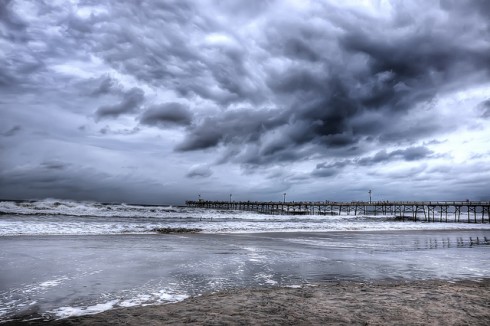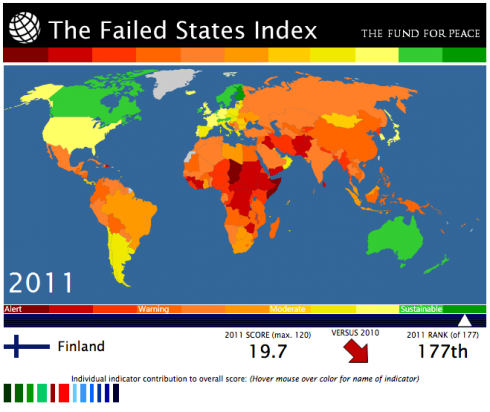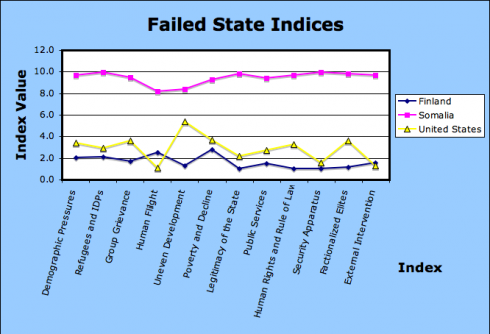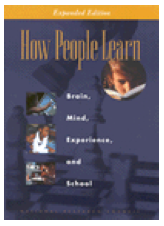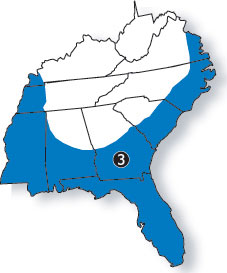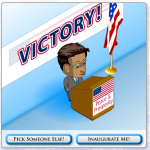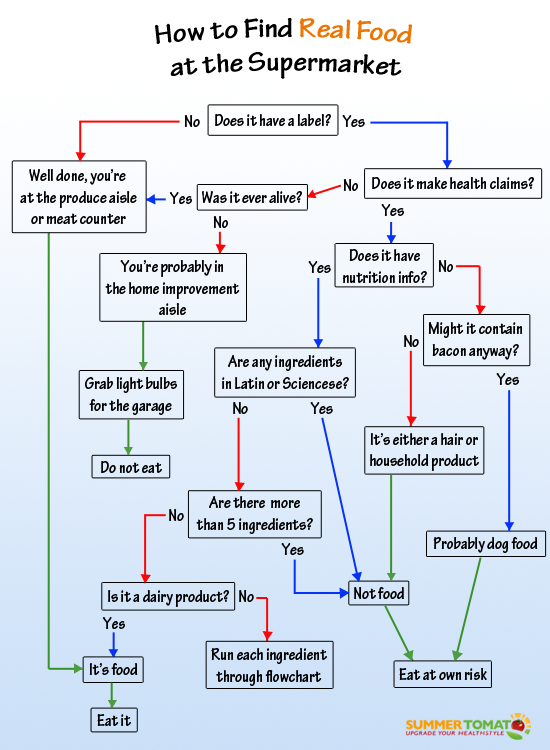My students are playing SPENT (previous post), and some of them have figured out how to easily make it to the end of the month even while living in poverty. Unfortunately, lots of moms are going without crucial medication.
At least this will contribute to a nice discussion of ethics and morality.
Velasquez and other, (2010) have a nice explanation of “What is Ethics?“.
Ethics is two things. First, ethics refers to well-founded standards of right and wrong that prescribe what humans ought to do, usually in terms of rights, obligations, benefits to society, fairness, or specific virtues. … Secondly, ethics refers to the study and development of one’s ethical standards. … feelings, laws, and social norms can deviate from what is ethical. So it is necessary to constantly examine one’s standards to ensure that they are reasonable and well-founded.
—Velasquez et al., 2010: What is Ethics?
While the Stanford Encyclopedia of Philosophy has a great definition of morality:
The term “morality” can be used either
1. descriptively to refer to a code of conduct put forward by a society or,
— 1. some other group, such as a religion, or
— 2. accepted by an individual for her own behavior or
2. normatively to refer to a code of conduct that, given specified conditions, would be put forward by all rational persons.
—Gert (2008): The Definition of Morality (The Stanford Encyclopedia of Philosophy)
In fact, given how difficult it is to win the game without making some hard moral choices, a couple very interesting questions for a Socratic dialogue would be,
“Can someone survive in poverty while living ethically?”
and, to follow up,
“Does this push poorer people into being unethical and immoral, and towards crime?”
I’m curious to see where a dialogue might lead, especially if it leads back to our discussions of wealth distribution.


